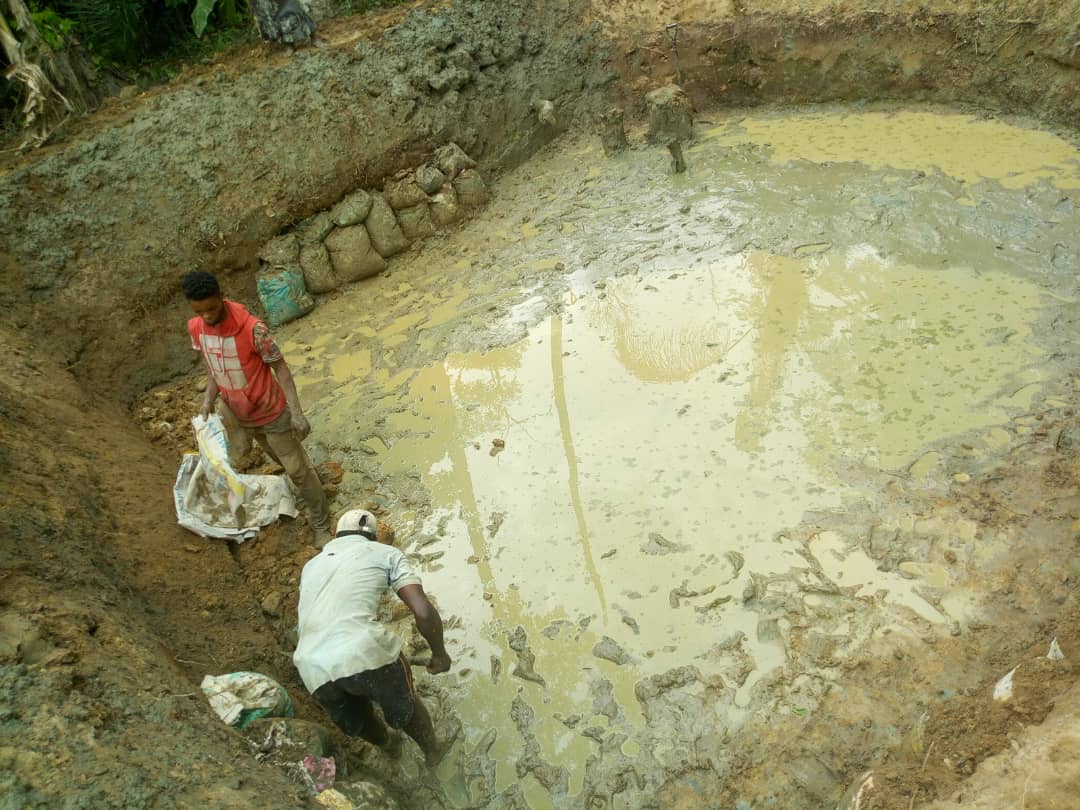There are a few basic soil tests that are recommended for fish farming. This article will discuss the basic soil analysis that should be carried out before starting your fish business; especially if you are considering large-scale production.
- Soil texture test: This test determines the amount of sand, silt, and clay in the soil. This is important because different types of fish require different types of substrate. For example, tilapia prefer a sandy substrate, while catfish prefer a substrate that is more clay-like.
- pH test: This test measures the acidity or alkalinity of the soil. Fish require a pH range between 6.5 and 9.0, depending on the species. If the pH is too high or too low, it can affect the health and growth of the fish.
- Organic matter test: This test measures the amount of organic matter in the soil. Organic matter is important because it helps to maintain soil fertility and provides a food source for microorganisms that are important for the health of the fish.
- Nutrient test: This test measures the levels of nutrients such as nitrogen, phosphorus, and potassium in the soil. These nutrients are important for plant growth, which in turn provides a food source for the fish.
By conducting these tests, fish farmers can determine the suitability of the soil for fish farming and make necessary adjustments to ensure optimal growth and health of the fish.


